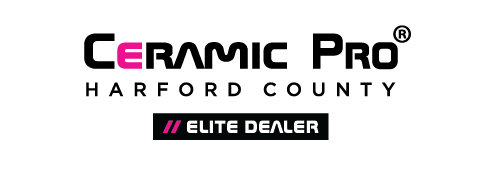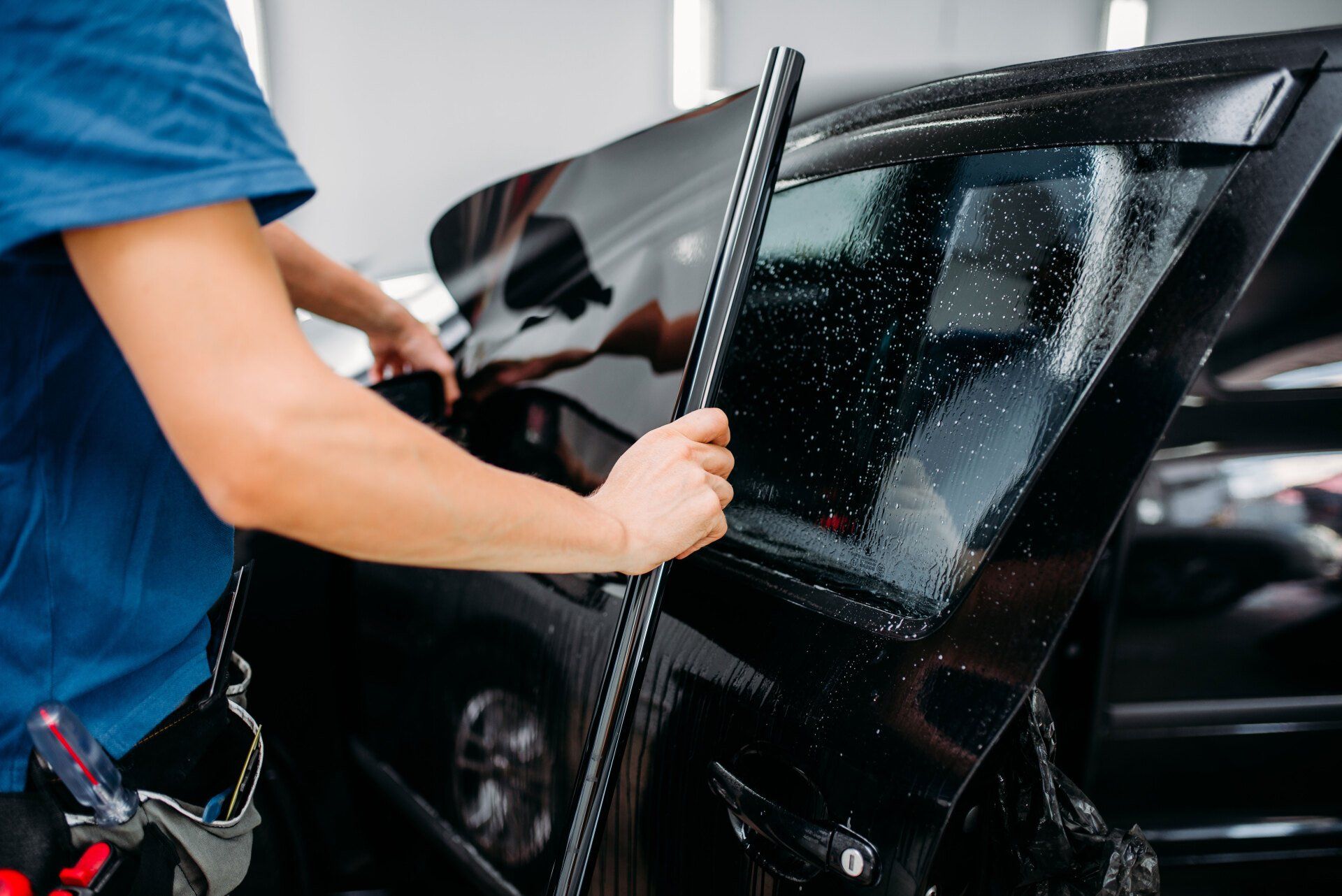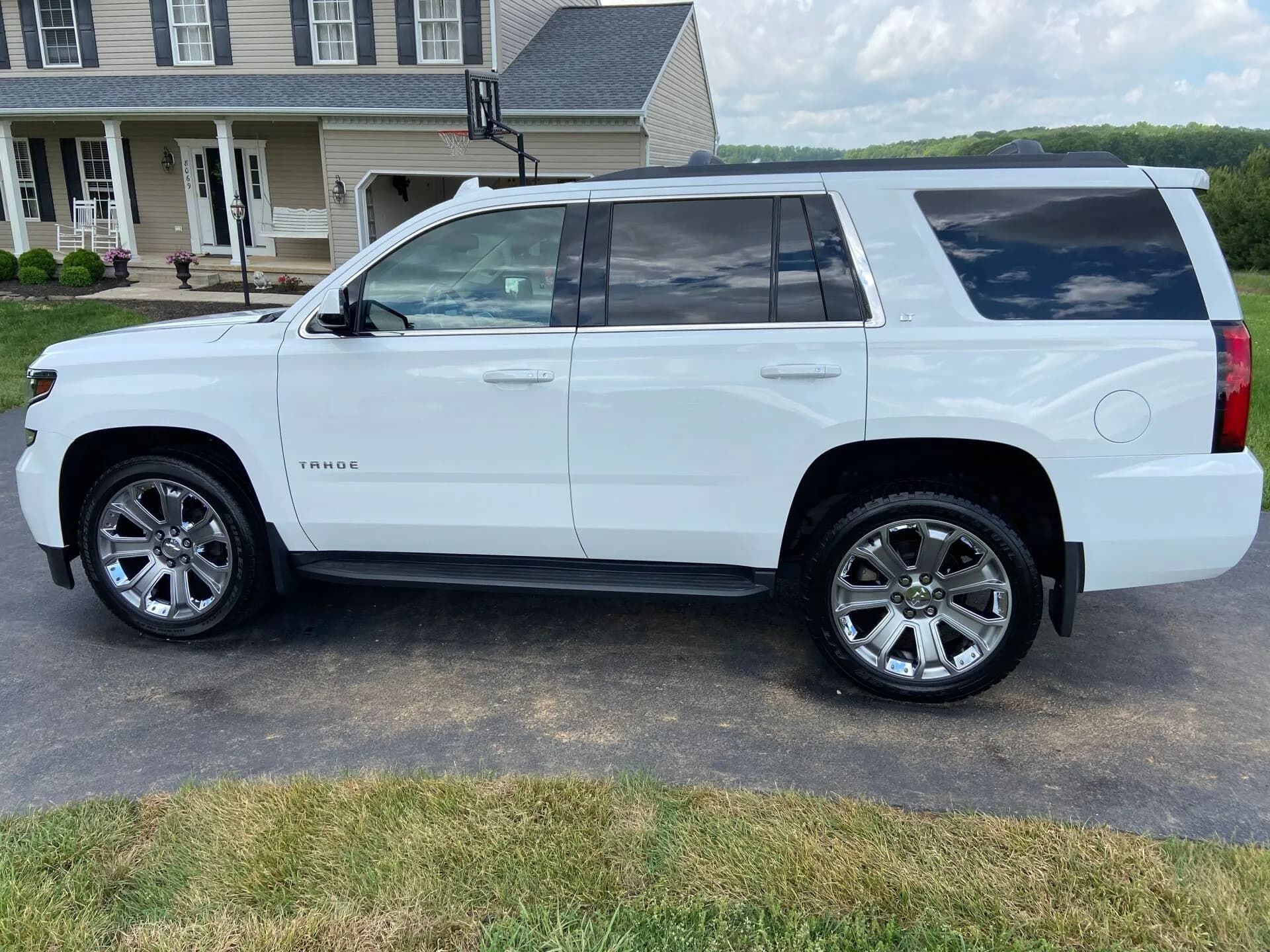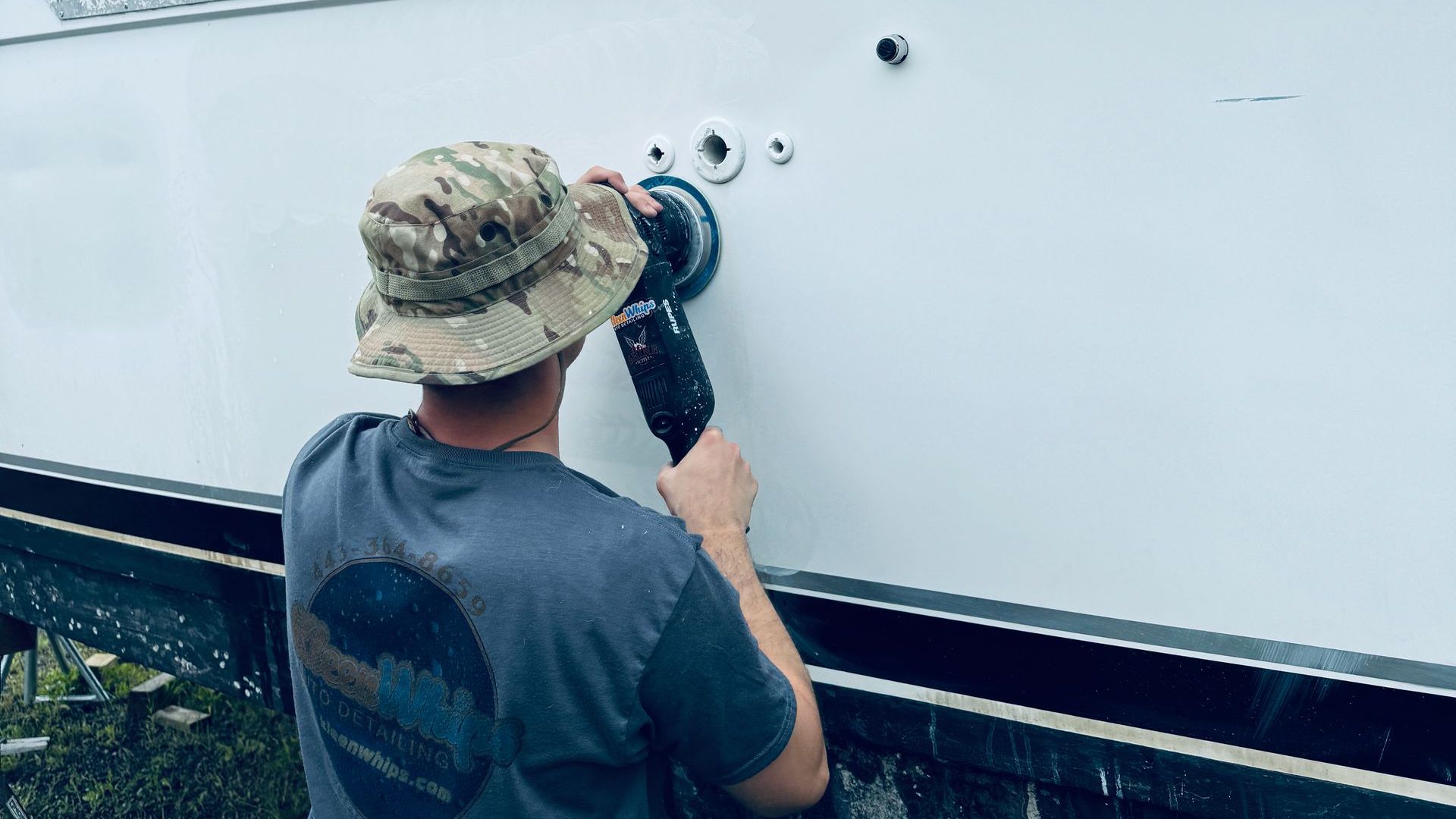If you've been eyeing that glossy, chic, and eye-catching finish on the latest models of cars off the conveyor belt, you might be wondering how to get it. Is it real? Could your vehicle get that look too? Rest assured, the answer is yes, and the process is called ceramic coating.
A ceramic coating can give your car the protection and shine you want, but it can take a while to put on and needs to be done carefully. This blog will dive into how long it takes to ceramic coat a car, how to do it right, and the extra steps you can take to optimize the process. So let's begin our journey!
What is Ceramic Coating?
Ceramic coating is the latest in paint protection technology for cars. It's a liquid polymer that sticks to your car's paint and makes a barrier between the outside of the vehicle and the outside of the environment. The ceramic layer protects against environmental damage such as UV rays, acid rain, dirt and grime, road salt, and pollutants. While traditional waxes provide a shine, they leave behind a coating of silicone oils that can damage your car's paint if left on too long. The ceramic coating creates an ultra-thin, permanent layer of protection that won't wash away or break down with age.
The benefits of the ceramic coating are plentiful. First, it protects from environmental damage, dirt and grime buildup, and paint oxidation. In addition, it increases the gloss of the paint. Due to its hard-wearing properties, the clear coat will also last longer than traditional waxes and sealants. Lastly, cleaning your car will be much easier since dirt and grime also won't stick.
Ceramic coatings are becoming more and more popular as people look for ways to keep their cars looking good and protect them from the weather. Now that we know what ceramic coating is, let's discuss how long it takes to properly apply this process to a car.
Detailed Cleaning & Polishing
Detailed cleaning and polishing are the foundation of any successful ceramic coating project. The vehicle should be prepared with a thorough wash and pre-inspection before applying any coating. This step is significant as it helps identify existing paint flaws or areas of pollution that can lead to problems down the line. It should also be noted that any waxes or sealants applied to the vehicle before the ceramic coating must be removed for the coating to adhere correctly.
There are two main approaches to cleaning and polishing: a traditional two-stage process utilizing separate compounds or a one-step product with both compounds within. With the traditional process, polishing is applied by hand, often using a Dual Action (DA) machine polisher, which helps to smooth out minor paint imperfections such as swirl marks, water spots, oxidation, and minor scratches. Following this step, a cleaner wax may be applied to separate small dirt particles from the car's surface. This will help get the surface ready for the ceramic coating by making sure all the dirt is out of the pores of the clear coat layer.
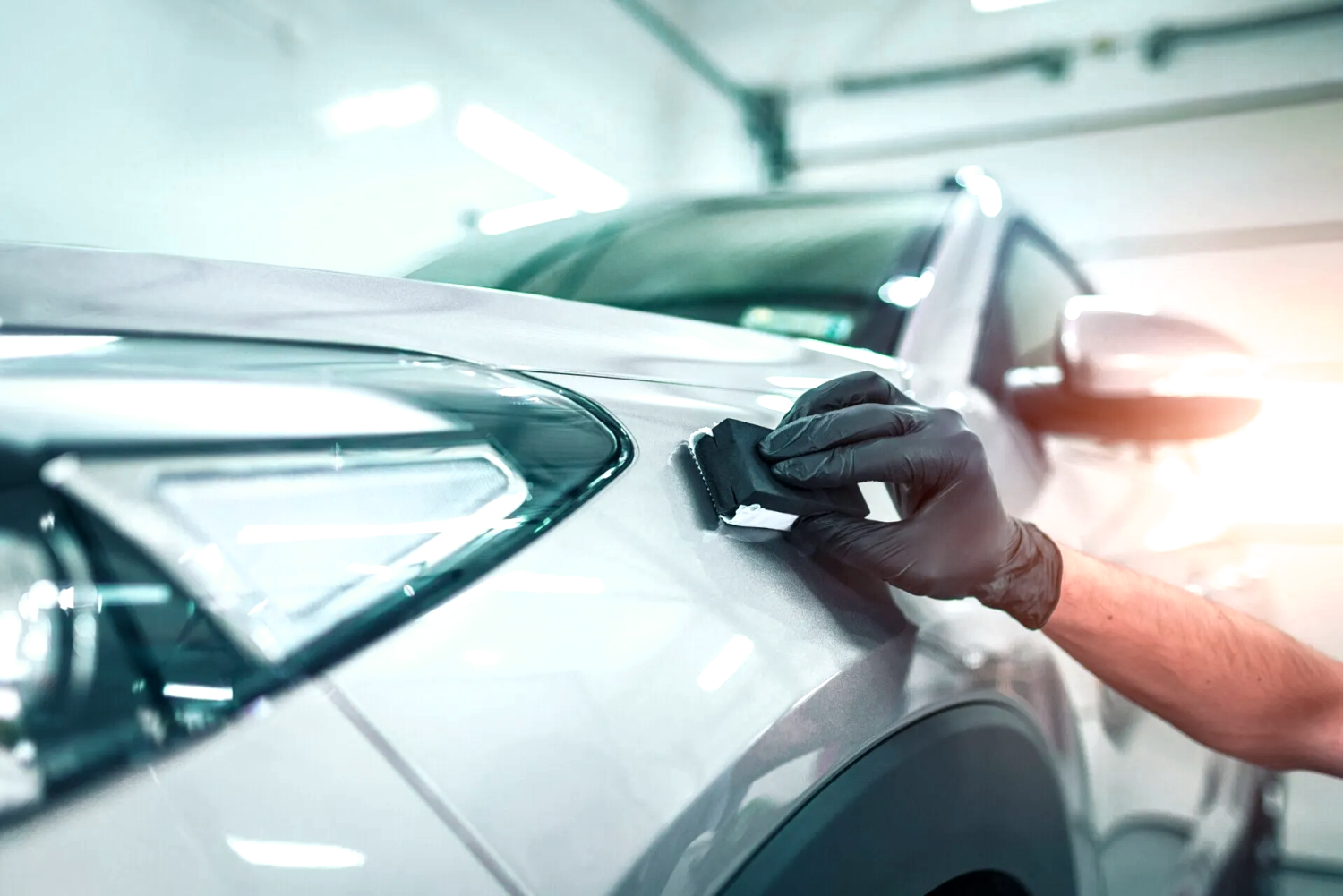
The one-step method incorporates both the polish and the cleaner into a single product.While this method is simpler, there are drawbacks as well; higher-grade polishes offer superior results compared to all-in-one products and may provide a better finish for more ambitious, detailed projects. Finally, the approach you take will be determined by your needs and budget constraints, as high-quality tools can quickly add up in price.
Regardless of your approach, each vehicle panel must be adequately and evenly cleaned by washing with soap and water and then polishing with appropriate materials and methods. This helps ensure that not only will your ceramic coating remain intact longer, but it will also look its best over time! Now that we've gone through these detailed steps for cleaning and polishing, we can look at the different kinds of ceramic coatings that are available.
Cost & Necessary Time Involved
When it comes to ceramic coating a car, the amount of time required for the process depends on a few essential factors, such as the size of the vehicle, the number of layers of coating desired, and the job's complexity. Generally, most DIY-ers can expect to complete a one-time ceramic coating in 2-4 hours. However, those new to the process may want to add an extra hour or two, while experienced ceramic coaters can likely finish it in two or less hours.
On the other hand, professional automotive paint refinishing can take anywhere from 4–7 hours, depending on how much surface area needs to be covered and the amount of prep work that needs to occur beforehand. For example, the biggest vehicles, which often need three layers of paint, could take up to 10 hours or more. Also, more complicated painting jobs may take even longer because they may need buffing, sanding, and polishing between each layer.
So, time is essential to consider when deciding whether to do a ceramic coating job yourself or hire a professional shop for automotive paint refinishing. Before making a choice, it's also important to think about any guarantees that companies that help with these processes might offer.With this information, we can go into more detail about how professionals refinish car paint in the next section.
Conclusion
Ceramic coating is an excellent way to protect your car from the environment and chemicals, improve its appearance, and reduce the time required for routine maintenance.However, it's important to remember that ceramic coatings aren't an excuse to neglect your car's maintenance, as this will reduce the coating's lifespan.Also, it's essential to know that having a car ceramic coated takes a long time, especially if you go with a professional detailer who offers a more comprehensive package.
Are you looking to give your car a professional touch? Call
Kleen Whips Auto Detailing at (443) 364-8659 or visit their website at https://www.kleenwhips.com/ to learn more about their high-quality detailing services and
make an appointment. Your car deserves the best, and Kleen Whips Auto Detailing can deliver!

